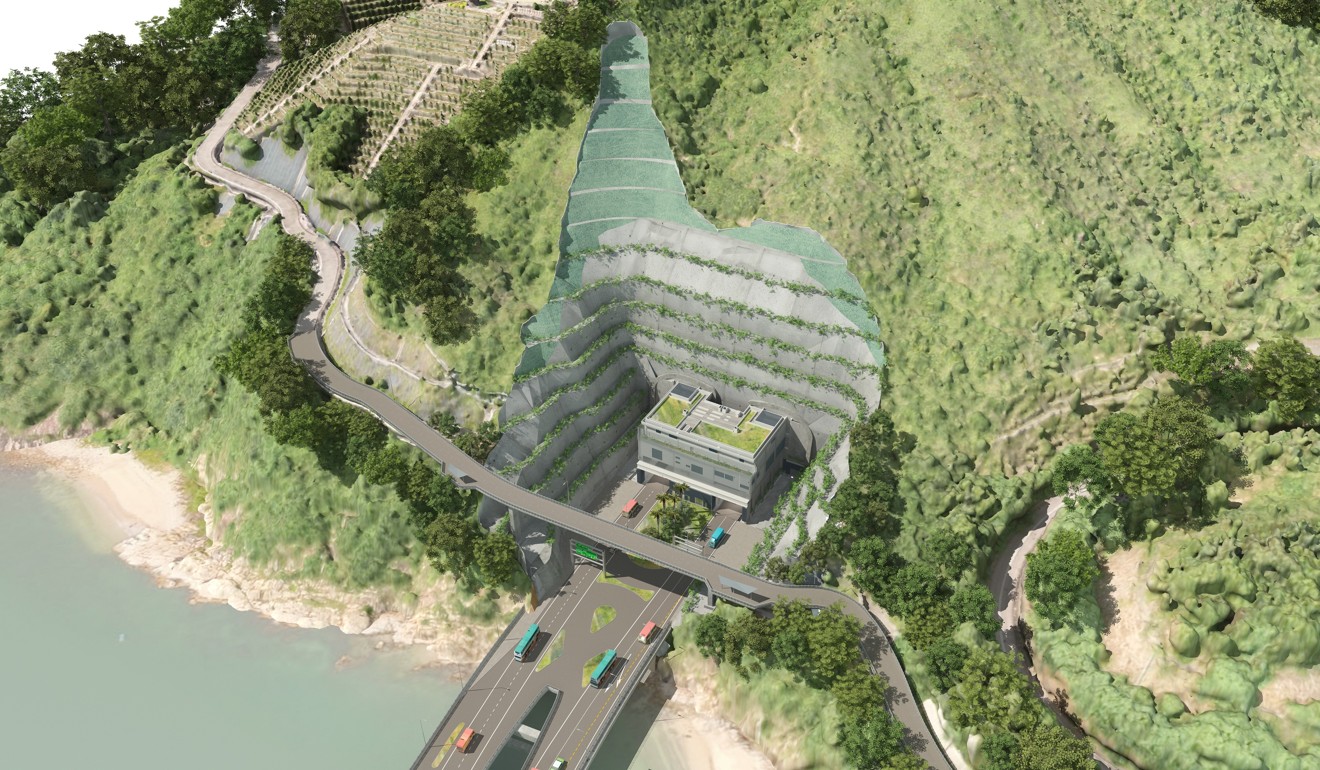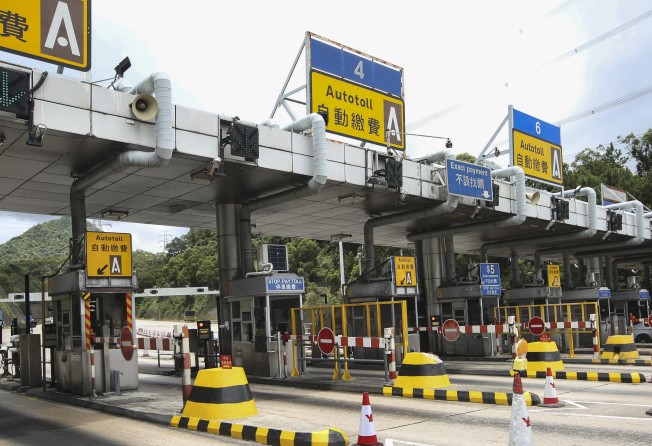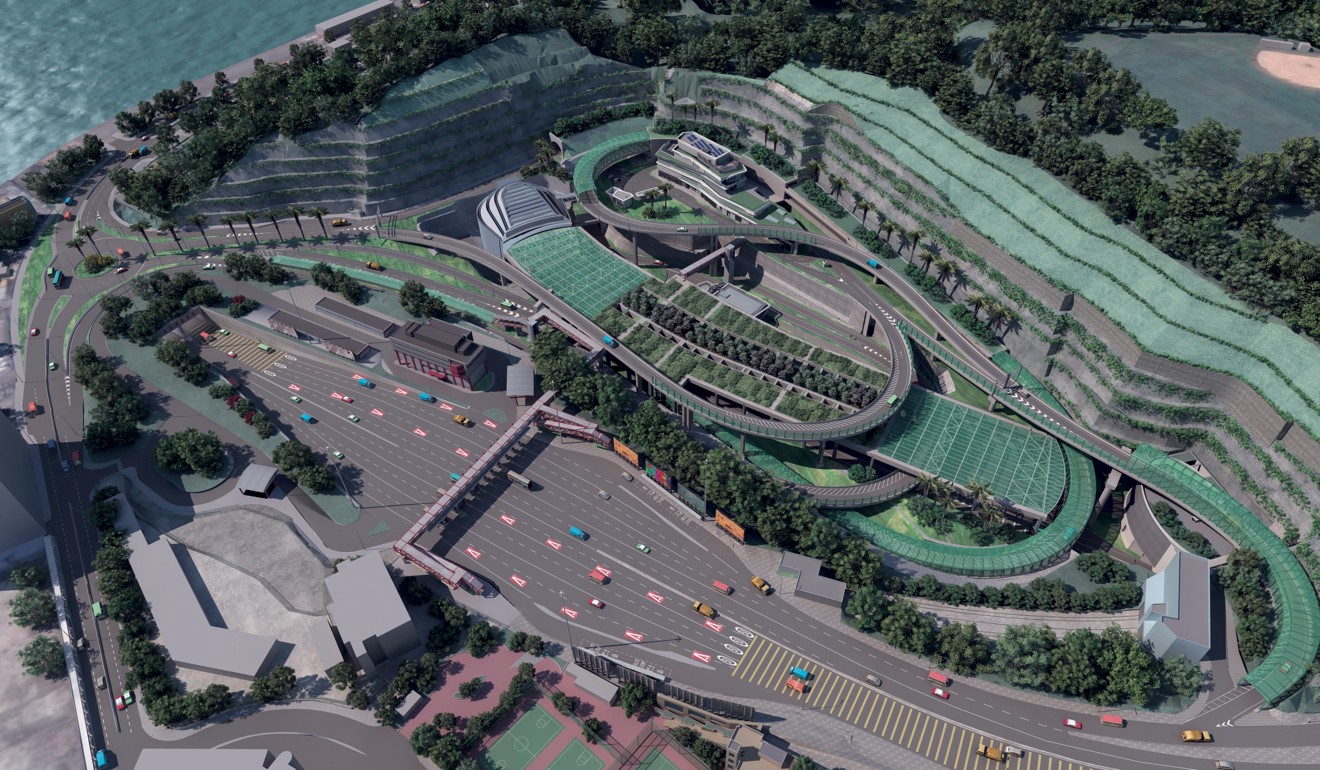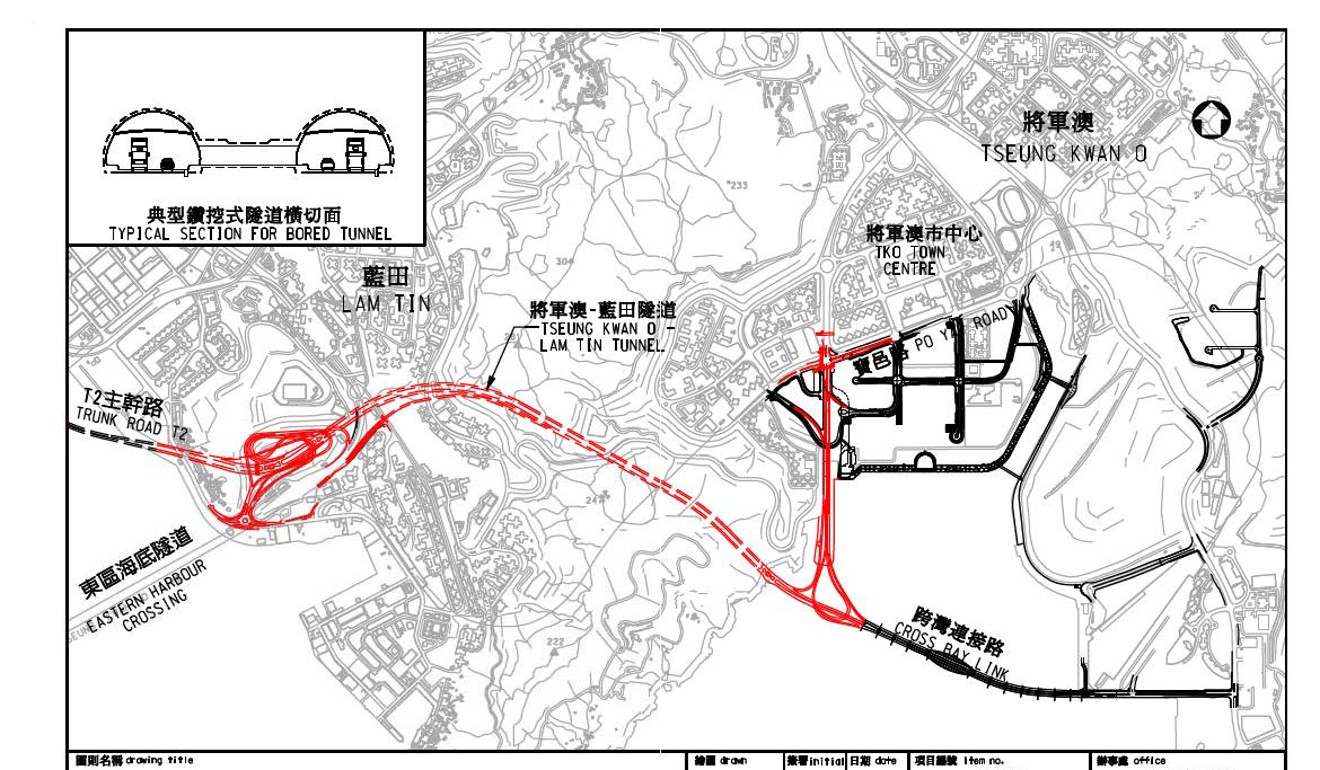
Hong Kong government planning a new electronic tolling system for all its tunnels by 2023
- The system change is set to be rolled out for a new tunnel linking Lam Tin and Tseung Kwan O in 2021
- The government will also consider introducing a congestion charge to all publicly owned roads and tunnels

A new electronic tolling system could be introduced at all government-owned tunnels by 2023, starting with a new tunnel linking Lam Tin and Tseung Kwan O, set to start operations in 2021.
The Tseung Kwan O-Lam Tin Tunnel has been under construction since 2016, and is intended to provide an alternative to an existing tunnel in the area to ease congestion.
In a document submitted to the Legislative Council on Monday, the Transport Department said it will be applying for funds to install a “free-flow tolling system” at the new tunnel.
“[The system] allows vehicles to pay tolls more efficiently, avoiding disruption to traffic flow,” the department said.
Under the new tolling system, drivers will be issued a sticker tag, which is to be placed on the windscreen, next to the rear-view mirror.

The tag, which is radio frequency identification-enabled, will allow equipment outside the tunnel to register that a vehicle has passed through it and deduct funds from the driver’s account.
Cameras will also read number plates should the sticker tags fail to be registered.
The system at the new tunnel is expected to cost HK$330.2 million (US$42 million) to install and the government will invite tenders for operating it.
The department also said it was planning to roll out the system to eight of its tunnels, within two to three years after the opening of the new tunnel.
The change will cost HK$945.98 million.
An existing electronic tolling service using similar technologies is provided by private company Autotoll at the tunnels in question.

The department said it will liaise with the company, which has a monopoly on the automatic toll collection of all charged tunnels in the city, about phasing out its service for the tunnels managed by the government.
The Post has contacted the Transport Department with inquiries about the reasons for the changes and on whether Autotoll will be allowed to take part in the open tender for the new system.
In the same document, the department said the charge for the new tunnel will be HK$3, which is the same as for an existing tunnel in Tseung Kwan O.
The department said that, were the new tunnel to have a different change from the existing one, it would not effectively divert traffic in the area.
Meanwhile, the department said it would conduct a study on introducing congestion charge to government-tolled tunnels and roads, a suggestion that had been raised by transport advisers in the past.

Public transport vehicles, such as buses, will enjoy lower tolls, while vehicles with low carrying capacities, such as private cars, will be charged more.
It did not say when the study will be completed, or when congestion charge could be implemented.
Dr Hung Wing-tat, a long-time fellow of the Hong Kong Society of Transportation Studies, said ultimate goal would be to phase out cash payments at all tunnels.
“For a good implementation [of free-flow tolling], you have to make it mandatory,” Hung said.
In the long run, Hung said the tag can be used to charge drivers for congestion and parking fees.
“It can be used anywhere,” Hung said.
Civic Party lawmaker Jeremy Tam Man-ho said the government should still allow people to pay with cash, when the new tunnel first opens.
Tam also said that, should the government implement a congestion charge, it must provide more public transport for citizens to justify the move.
Both Hung and Tam agreed that the HK$3 toll set for the new tunnel was reasonable.